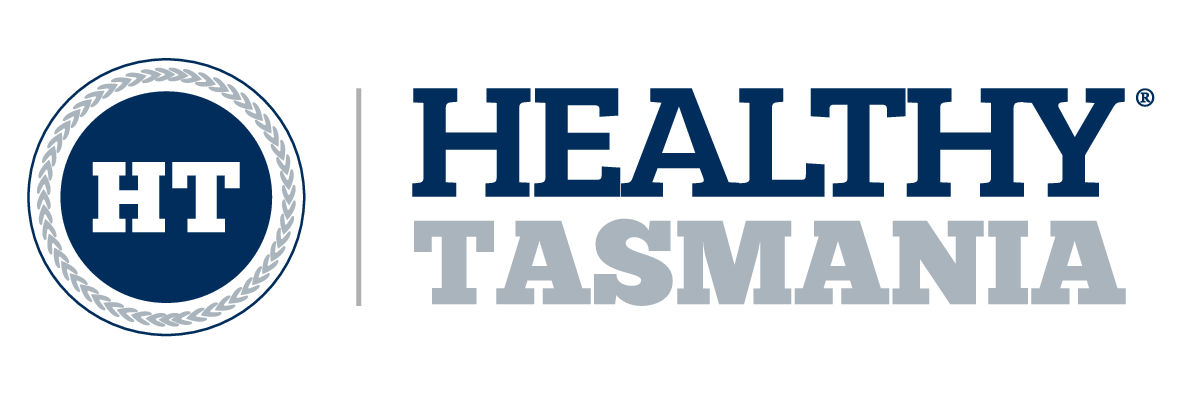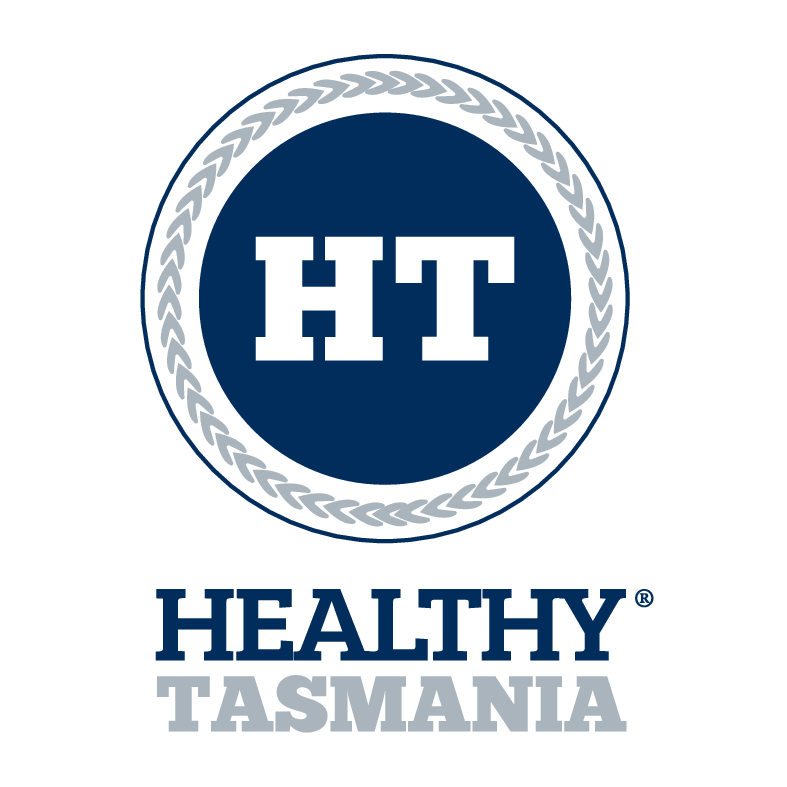Ravenswood Men's and Community Shed welcome new fitness equipment
APRIL 4 2020
The Ravenswood Men's and Community Shed has always helped form vital social connections.
With a focus on improving the health and wellbeing of its members, the shed has turned its attention to breaking down the barriers preventing people in the community from getting active.
As part of the federal government's Stronger Communities program, in partnership with Healthy Tasmania's Active Launceston, the shed recently installed a range of new fitness equipment.
Shed facilitator David Jones said the project was inspired by a similar initiative rolled out at the Rocherlea Men's and Community Shed.
"We wanted to take a more holistic approach to our healthy shed program, and Rocherlea had been such a success story," he said.
"It's not just physical. As part of the overall wellness program we want this to contribute to the shed not just being a place to make things. People can actually do this other stuff as well."
The fitness equipment was delivered in March, with the plan of running 10, 30-minute orientation sessions over a number of weeks with assistance from Healthy Tasmania.
While COVID-19 restrictions has forced the shed to temporarily close its doors, Healthy Tasmania project coordinator Hayden Fox said the project was still a success story.
"It's about providing the opportunity to people," he said.
"There aren't really any gyms or places where there's equipment up in the Northern Suburbs.
"So it's good to be able to provide the opportunity. To bring things to the people rather than the people needing to go elsewhere.
"The benefits, once things return to normal, I am sure will speak for themselves."
The Stronger Communities Program provides each of the 151 federal electorates with $150,000 to fund small capital projects, aimed at improving community participation.
Bass Liberal MHR Bridget Archer the value of grassroots initiatives such as Active Launceston and the Men's and Community Sheds were vitally important.
"They provide some really reasonably low cost, but high impact value to communities," she said.
"I think that's the key. If you can identify, and then remove what the barriers are to participation - that's when you really see genuine inclusion."
Click here to read the story courtesy of The Examiner Newspaper Launceston


